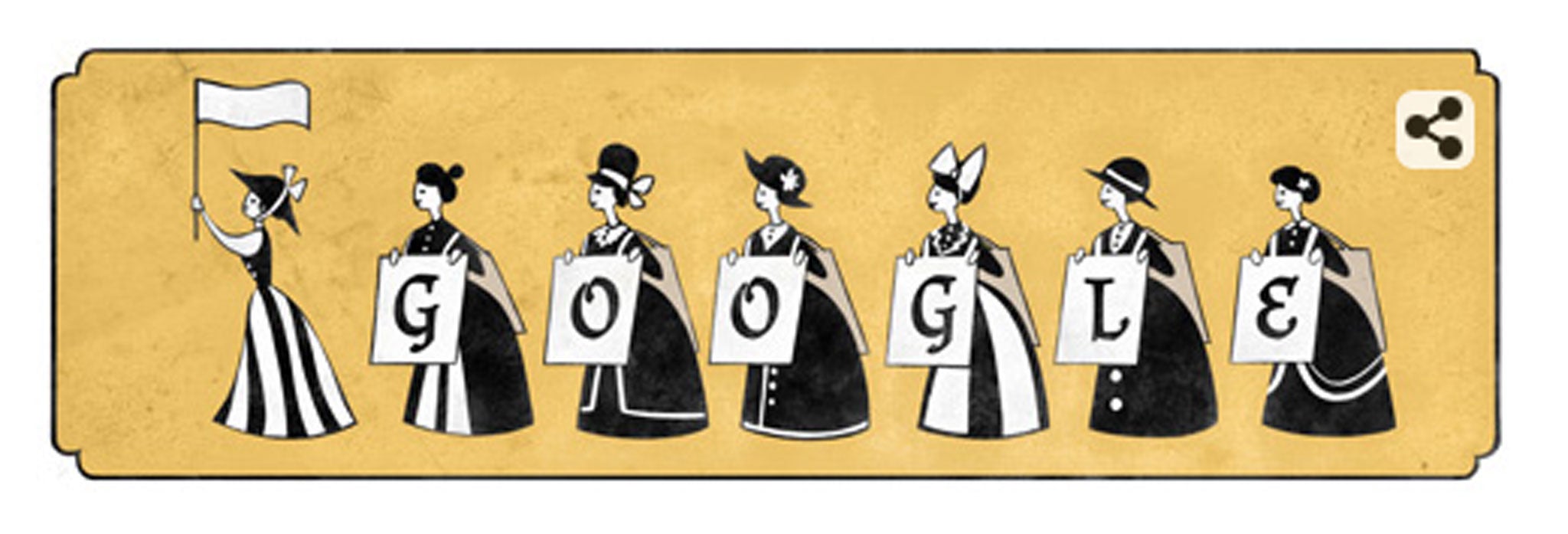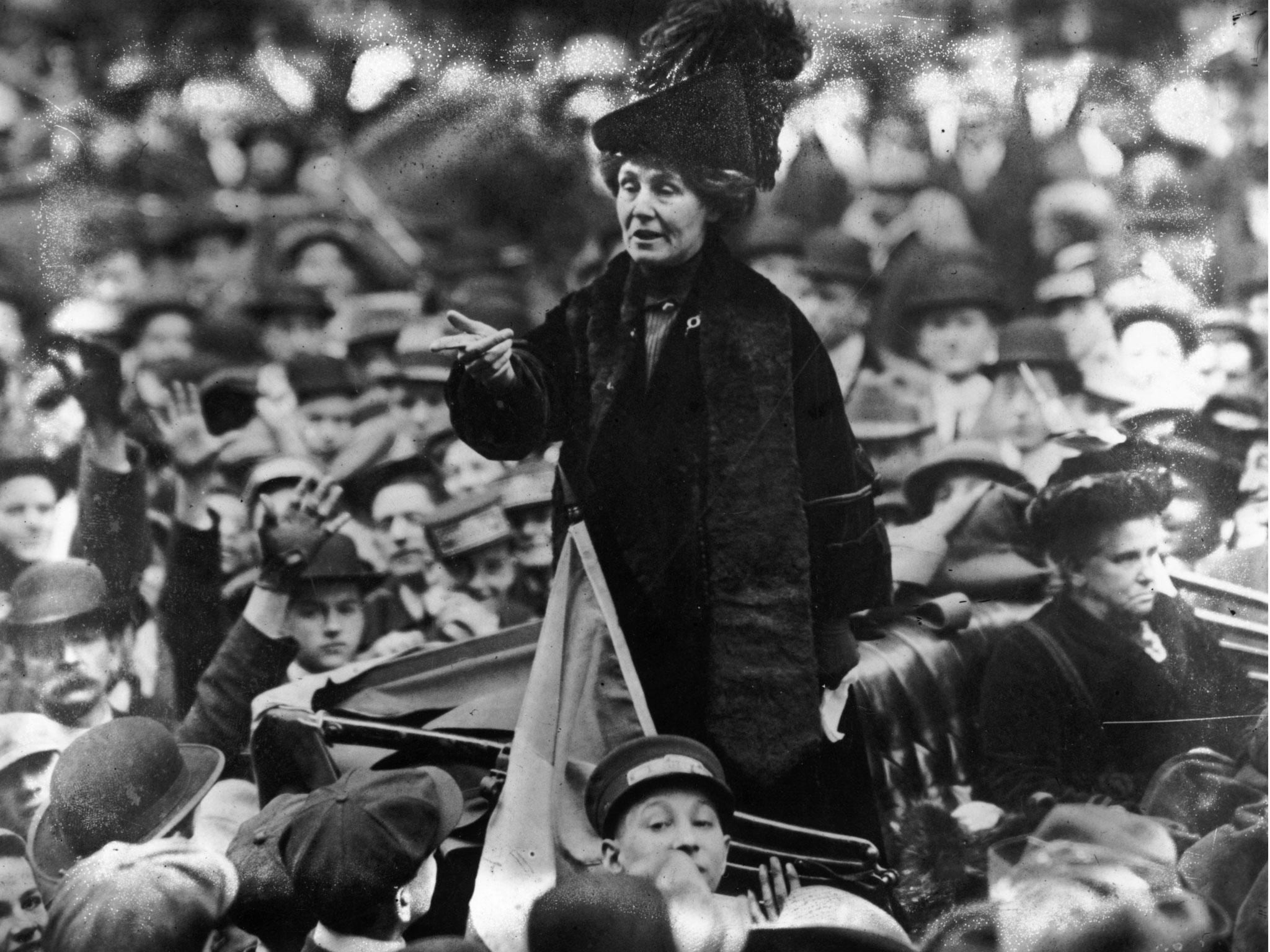Emmeline Pankhurst: Google Doodle honours suffragette on 156th anniversary of her birth
The animated Doodle features a series of marching women protesters

Your support helps us to tell the story
From reproductive rights to climate change to Big Tech, The Independent is on the ground when the story is developing. Whether it's investigating the financials of Elon Musk's pro-Trump PAC or producing our latest documentary, 'The A Word', which shines a light on the American women fighting for reproductive rights, we know how important it is to parse out the facts from the messaging.
At such a critical moment in US history, we need reporters on the ground. Your donation allows us to keep sending journalists to speak to both sides of the story.
The Independent is trusted by Americans across the entire political spectrum. And unlike many other quality news outlets, we choose not to lock Americans out of our reporting and analysis with paywalls. We believe quality journalism should be available to everyone, paid for by those who can afford it.
Your support makes all the difference.Google has marked the 156th anniversary of the birth of political activist and suffragette Emmeline Pankhurst with a homepage doodle.
Pankhurst, born on 15 July 1858, founded the Women's Social and Political Union (WSPU) in 1903 and, together with her daughter, Christabel, initiated a series of political interventions, including smashing windows, assaulting police officers and, eventually, arson - the WSPU's slogan was "Words, not deeds".
This activity failed to break the resistance of Prime Minister H. H. Asquith, however, and the suffragettes (so-called in contrast to the older suffragists of the earlier and less radical National Union of Women's Suffrage Societies) turned to the destruction of empty property on a massive scale.
The change in tactics also caused division within the Pankhurst family, with Emmeline's other daughters Sylvia and Adela leaving the WSPU.
The protest and activism came to an abrupt halt, however, with the advent of World War One, as the Pankhursts lined up alongside the Government to combat 'the German peril' and encourage women into industrial production and men to join up and fight.
The vote was extended to women over 30 (so long as they or their husbands occupied premises of a certain value) in 1918, and then to all women over 21 in 1928, bringing equality at the ballot box, though this was just weeks after Pankhurst's death, aged 69, on 14 June of that year. She is buried in Brompton cemetery.

Pankhurst was born into a politically active Goulden family in the Manchester suburb of Moss Side. She was the eldest of five daughters, along with five surviving brothers, and the family encouraged the children to take part in their activism.
In 1878, aged 20, she met the lawyer Richard Pankhurst, who was 44 at the time, and also politically active in the pursuit of women's suffrage. They were married the following year. Richard died in 1888 of dyptheria.
A statue of Emmeline Pankhurst was erected in 1930, in Victoria Tower Gardens, while her portrait was added to the National Portrait Gallery the previous year.
Join our commenting forum
Join thought-provoking conversations, follow other Independent readers and see their replies
Comments